 W
WHirotugu Akaike was a Japanese statistician. In the early 1970s, he formulated the Akaike information criterion (AIC). AIC is now widely used for model selection, which is commonly the most difficult aspect of statistical inference; additionally, AIC is the basis of a paradigm for the foundations of statistics. Akaike also made major contributions to the study of time series. As well, he had a large role in the general development of statistics in Japan.
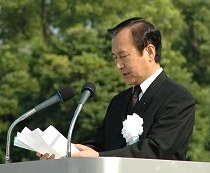 W
WTadatoshi Akiba is a Japanese mathematician and politician and served as the mayor of the city of Hiroshima, Japan from 1999 to 2011.
 W
WKenji Fukaya is a Japanese mathematician known for his work in symplectic geometry and Riemannian geometry. His many fundamental contributions to mathematics include the discovery of the Fukaya category. He is a permanent faculty member at the Simons Center for Geometry and Physics and a professor of mathematics at Stony Brook University.
 W
WHeisuke Hironaka is a Japanese mathematician who was awarded the Fields Medal in 1970 for his contributions to algebraic geometry.
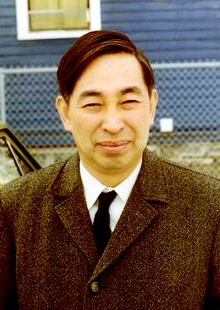 W
WKiyosi Itô was a Japanese mathematician.
 W
WShokichi Iyanaga was a Japanese mathematician.
 W
WShizuo Kakutani was a Japanese-American mathematician, best known for his eponymous fixed-point theorem.
 W
WMasaki Kashiwara is a Japanese mathematician. He was a student of Mikio Sato at the University of Tokyo. Kashiwara made leading contributions towards algebraic analysis, microlocal analysis, D-module theory, Hodge theory, sheaf theory and representation theory.
 W
WTakahiro Kawai is a Japanese mathematician working on algebraic analysis. He is a professor emeritus at RIMS. He was a student of Mikio Sato at the same time as Masaki Kashiwara with whom he later shared the Asahi Prize in 1987.
 W
WShoshichi Kobayashi was a Japanese mathematician. He was the eldest brother of electrical engineer and computer scientist Hisashi Kobayashi. His research interests were in Riemannian and complex manifolds, transformation groups of geometric structures, and Lie algebras.
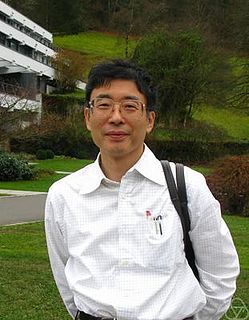 W
WToshiyuki Kobayashi is a Japanese mathematician known for his original work in the field of Lie theory, and in particular for the theory of discontinuous groups (lattice in Lie groups) and the application of geometric analysis to representation theory. He was a major developer in particular of the theory of discontinuous groups for non-Riemannian homogeneous spaces and the theory of discrete breaking symmetry in unitary representation theory.
 W
WTetsuji Miwa is a Japanese mathematician, specializing in mathematical physics.
 W
WTakurō Mochizuki of Kyoto University is a Japanese mathematician, whose research follows the Bourbaki style of generality and rigor.
 W
WShigefumi Mori is a Japanese mathematician, known for his work in algebraic geometry, particularly in relation to the classification of three-folds.
 W
WJun-iti Nagata was a Japanese mathematician specializing in topology.
 W
WNarutaka Ozawa is a Japanese mathematician, known for his work in operator algebras and discrete groups. He has been a professor at Kyoto University since 2013. He earned a bachelor's degree in mathematics in 1997 from the University of Tokyo and a Ph.D. in mathematics in 2000 from the same institution. One year later he received a Ph.D. in mathematics from Texas A&M University. He was selected for one of the prestigious Sloan Research Fellowships in 2005 and was an invited speaker at the 2006 ICM in Madrid. He has won numerous prizes including the Mathematical Society of Japan (MSJ) Spring Prize and the Japan Society for the Promotion of Science (JSPS) Prize. Before becoming a full professor at Kyoto University in 2013, he was an associate professor at the University of Tokyo and at University of California, Los Angeles.
 W
WKyōji Saitō is a Japanese mathematician, specializing in algebraic geometry and complex analytic geometry.
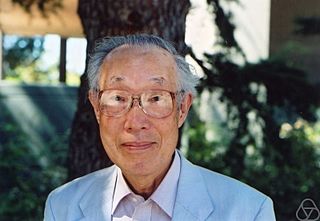 W
WIchirō Satake was a Japanese mathematician working on algebraic groups who introduced the Satake isomorphism and Satake diagrams. He was considered an iconic figure in the theory of linear algebraic groups and symmetric spaces.
 W
WDaihachiro Sato was a Japanese mathematician who was awarded the Lester R. Ford Award in 1976 for his work in number theory, specifically on his work in the Diophantine representation of prime numbers. His doctoral supervisor at the University of California, Los Angeles was Ernst G. Straus.
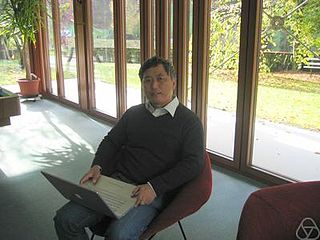 W
WMitsuhiro Shishikura is a Japanese mathematician working in the field of complex dynamics. He is professor at Kyoto University in Japan.
 W
WToshikazu Sunada is a Japanese mathematician and author of many books and essays on mathematics and mathematical sciences. He is professor emeritus of both Meiji University and Tohoku University. He is also distinguished professor of emeritus at Meiji in recognition of achievement over the course of an academic career. Before he joined Meiji University in 2003, he was professor of mathematics at Nagoya University (1988–1991), at the University of Tokyo (1991–1993), and at Tohoku University (1993–2003). Sunada was involved in the creation of the School of Interdisciplinary Mathematical Sciences at Meiji University and is its first dean (2013–2017). Since 2019, he is President of Mathematics Education Society of Japan.
 W
WKenji Ueno is a Japanese mathematician, specializing in algebraic geometry.